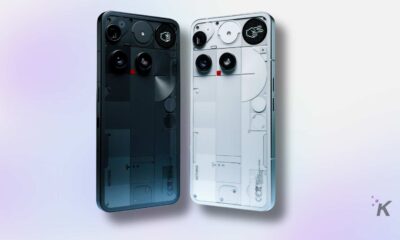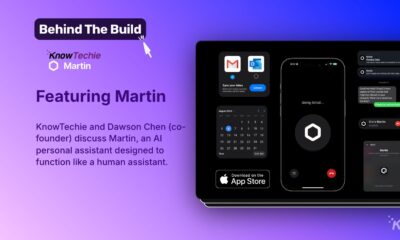News
Sony’s game-changing QD-OLED TVs come with a price tag to match
These TVs pack a lot of high-end features that will leave most shoppers satisfied with their purchase.
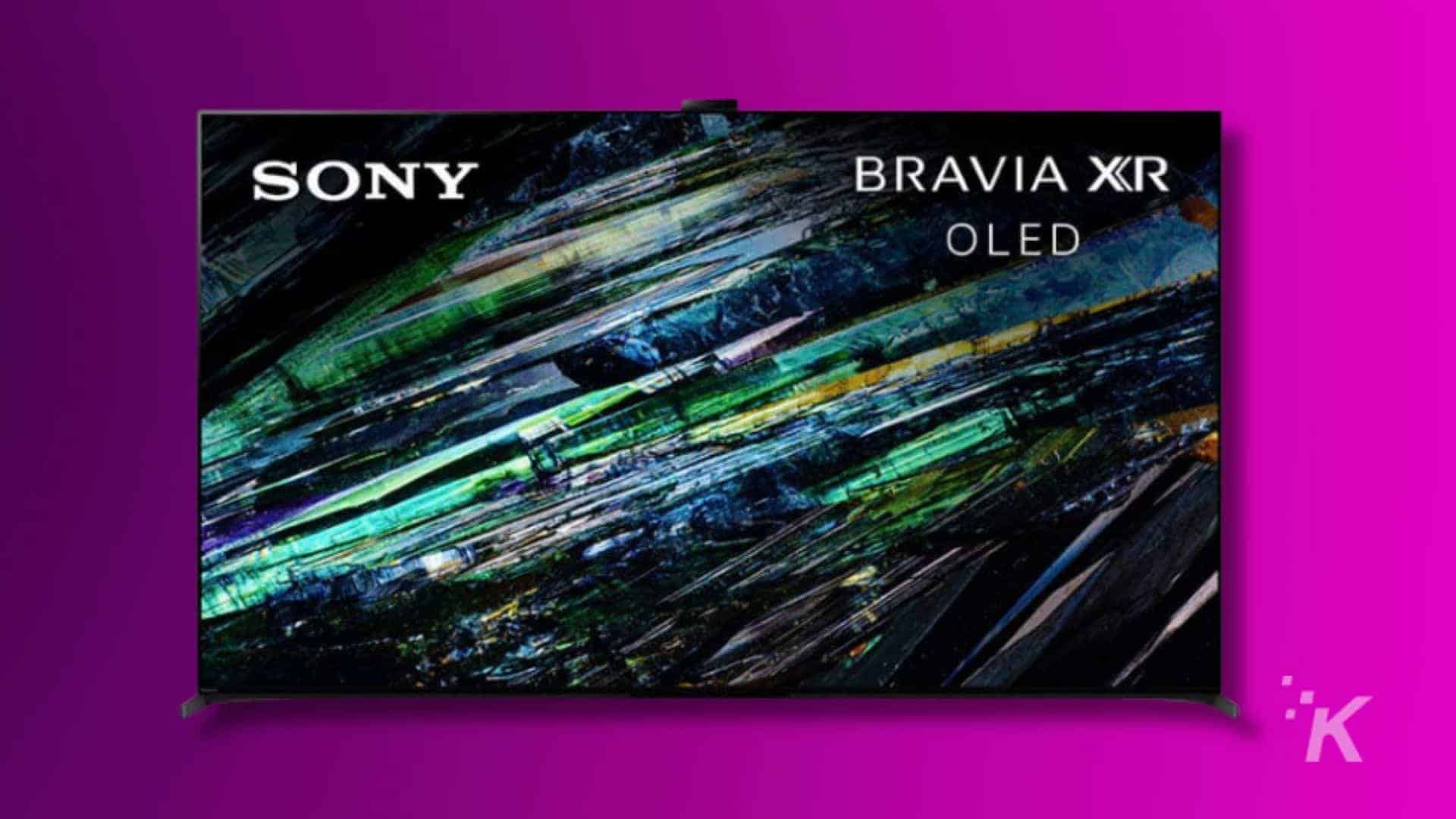
Just a heads up, if you buy something through our links, we may get a small share of the sale. It’s one of the ways we keep the lights on here. Click here for more.
Sony has revealed just how much streamers, gamers, and movie fans will have to pay if they want to grab one of the brand’s newest and best TVs this year.
On Monday, Sony announced its new line of A95L QD-OLED TVs will become available for pre-order on August 21st, with three models offered at various price points:
- A 55-inch model will cost $2,800 (or $4,000 in Canada)
- A 65-inch model will cost $3,500 (or $5,000 in Canada)
- A 75-inch model will cost $5,000 (or $8,000 in Canada)
Sony typically announces new TV models at the annual Consumer Electronics Show in Las Vegas, but the electronic maker decided this year to delay its announcement for two months.
It wasn’t entirely clear why Sony decided to unveil the TV sets in March, but they come with a number of incremental improvements.
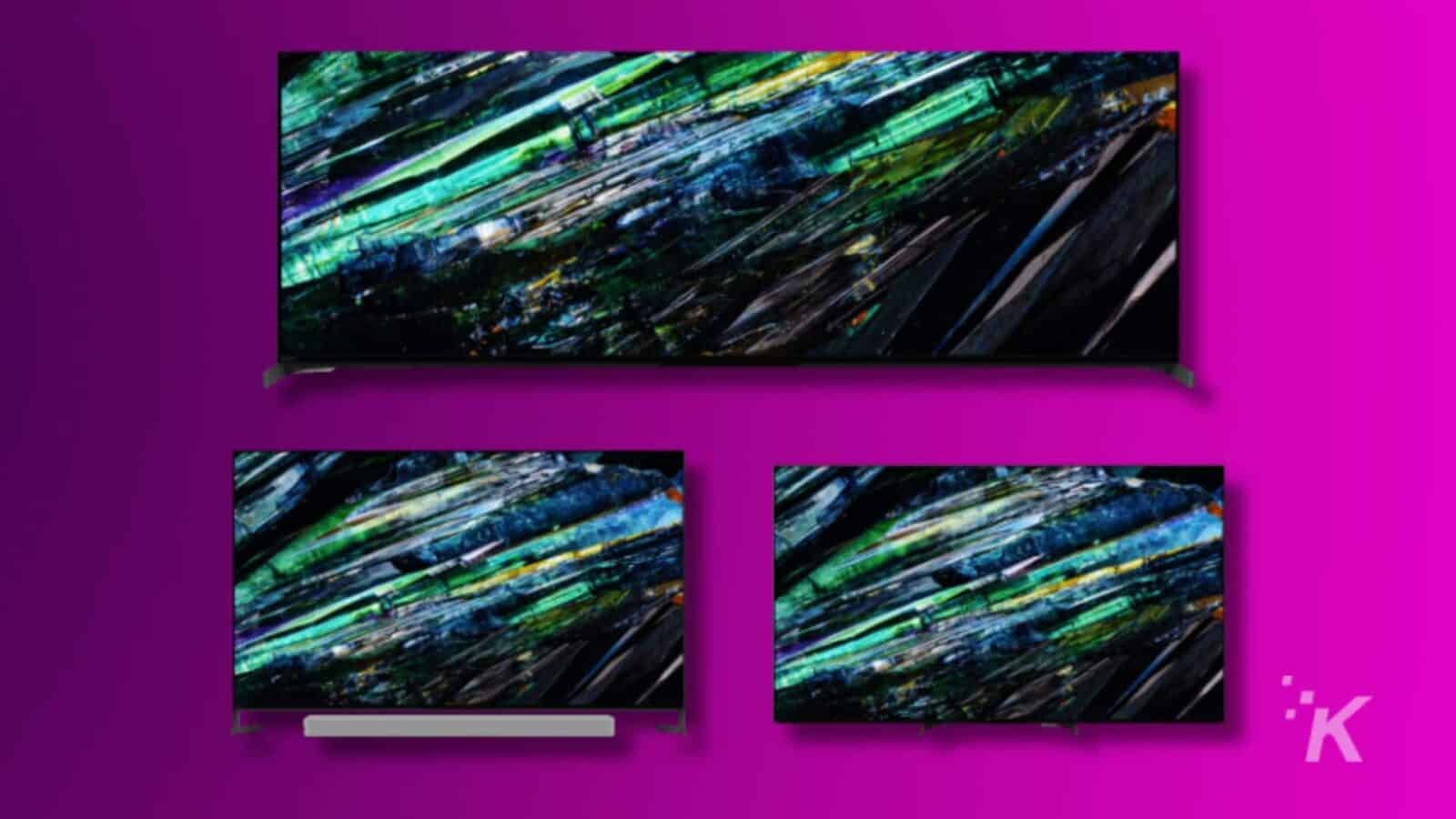
First, the top-of-the-line A95L will offer a new feature called XR Clear Image, which will detect the video quality and resolution of source material like TV shows, movies, and video games, and improve the quality of the video on the fly if it is needed.
Sony states that this feature enhances the resolution of lower-quality videos, like high-definition movies, standard-definition TV shows, and older video games without 4K support. It brings them up to the level of actual 4K video quality, as expected by streamers and video game enthusiasts.
Sony is also bringing a new game menu that will offer auto HDR tone mapping and auto genre picture mode for those who use PlayStation 5 consoles to game and stream TV.
Does your TV let you watch two things at once? Well, this one does!
And a new multi-view feature that is exclusive to its A95L QD-OLED TV sets will allow people to watch two things at once — Sony uses the example of someone playing a video game on one half of the screen while watching a walkthrough video on Twitch or YouTube on the other half.
Sony claims its A95L QD-OLED TVs offer better color brightness than conventional OLED TVs, owing in part to Sony’s decision to fuse quantum dot technology (which can be found on lower-cost TVs made by Samsung, TCL, and others) with OLED technology.
Beyond that, the Sony A95L QD-OLED TV offers many of the same features that are found in other models of Sony smart TV sets. The A95L line uses a modified version of Google TV that offers direct access to thousands of streaming apps without the need for a separate streaming stick.
Sony TVs come equipped with a voice-powered remote control that allows users to perform various tasks through Google Assistant. And the TVs support Dolby Vision and Dolby Atmos for improved picture and sound.
Why should I choose a QD-OLED TV over a regular OLED TV?
Regular OLED TVs are some of the most-superior TV sets on the market, offering incredible color, contrast, and viewing angles compared to direct-lit (backlit) or edge-lit LCD TVs.
On an OLED TV screen, each individual pixel is self-lit, which means viewers are treated to deep black levels and better color reproduction compared to lower-priced LCD screens.
But OLED has some trade-offs: OLED panels can’t get very bright, and while color is better on OLED screens compared to LCD TVs, they aren’t better at reproducing color than QD-LED TVs like those made by Samsung and TCL.
QD-OLED TVs, like the Sony A95L line-up, of the benefits of OLED screens — the wide viewing angles and deep black levels — with the color accuracy and reproduction of quantum dot screens.
Why should I choose a lower-priced TV set over a QD-OLED TV?
Chances are, you own a smartphone, tablet, and TV set. And each device probably has a different type of screen, especially if you are the type who likes Apple products.
iPhones, for example, use OLED screens (except for the iPhone SE), while iPads tend to use older LED screens (except for the 12-inch iPad Pro, which uses mini-LED).
TVs run the gamut from lower-priced, direct-lit LED screens all the way up to fancy OLED panels.
If you can’t tell the difference between the screens on your device, you probably won’t be too blown away by a QD-OLED TV set
And if that is the case, you absolutely should save your money and go for a lower-priced option. Sony offers a number of entry-level TV sets, and others like Sony, LG, Vizio, and TCL offer similar models that cost even less).
The same goes for people who like to buy a new TV set once every few years, especially when they go on sale.
Rather than drop thousands of dollars on a QD-OLED TV, shoppers who like to regularly refresh their TV set should pick a low-end to mid-range model — one that will have enough features but is still priced low enough to justify buying a new TV set in the near future.
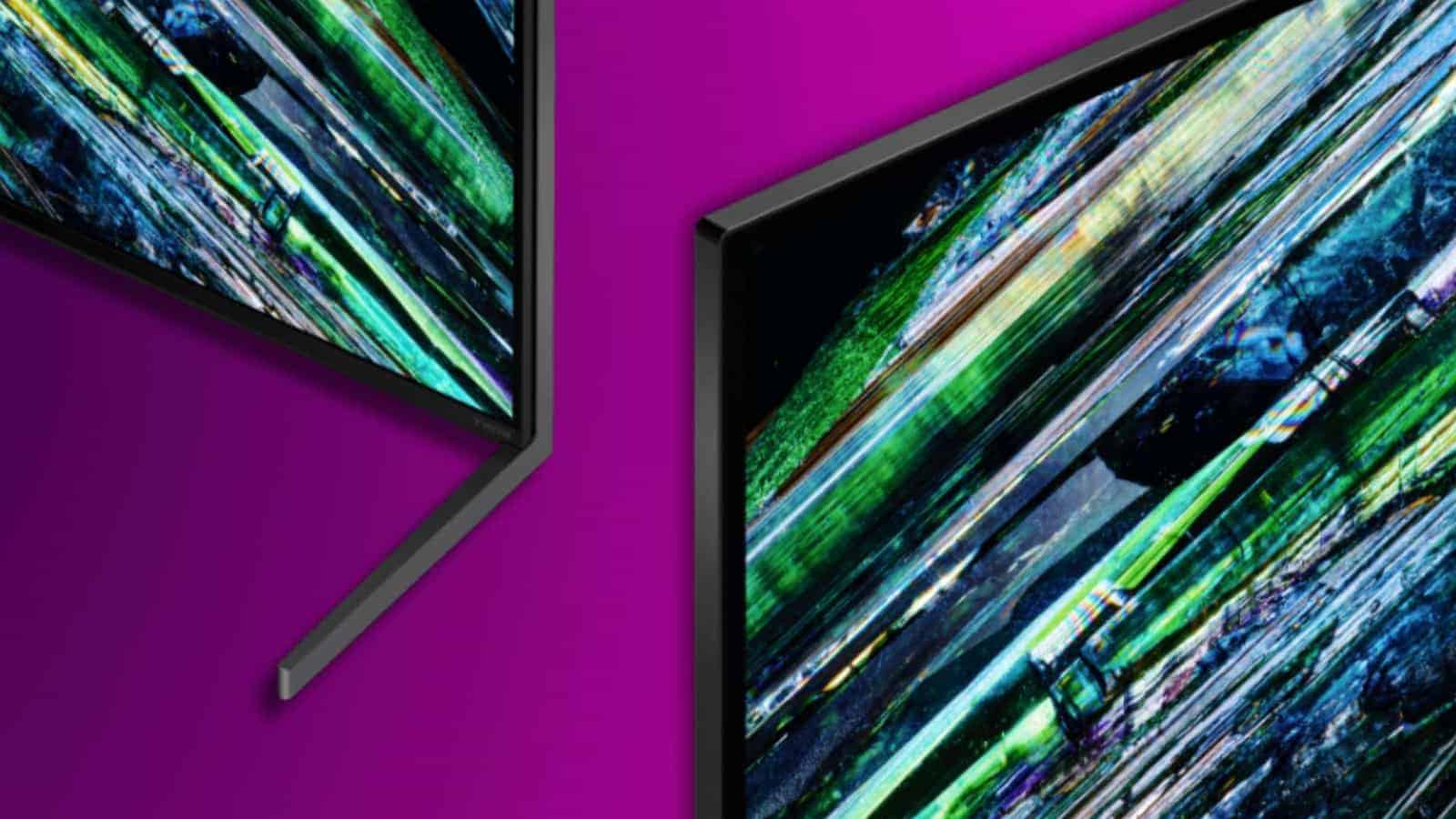
On the other hand, if you find that the video on your iPhone or Android tablet (some of which use OLED panels) looks better than the video on your TV set, or you’re looking to buy one TV that will last for several years, a Sony A95L model might not be a bad investment.
While it is expensive, it packs a lot of high-end features that will leave most shoppers satisfied with their purchase and confident that their TV set will work well in the future.
If this sounds like something you want to add to your shopping list, Sony’s Bravia XR A95L QD-OLED TVs will be available for pre-order starting August 21.
Have any thoughts on this? Drop us a line below in the comments, or carry the discussion to our Twitter or Facebook.
Editors’ Recommendations:
- Sony Xperia 5 V showcased in a new leaked video
- New leak gives us a closer look at what’s inside Sony’s Project Q
- Sony packs an IMAX experience into a portable audio system
- Sony Project Q vs. Valve Steam Deck? Which handled is best?
Just a heads up, if you buy something through our links, we may get a small share of the sale. It’s one of the ways we keep the lights on here. Click here for more.
















